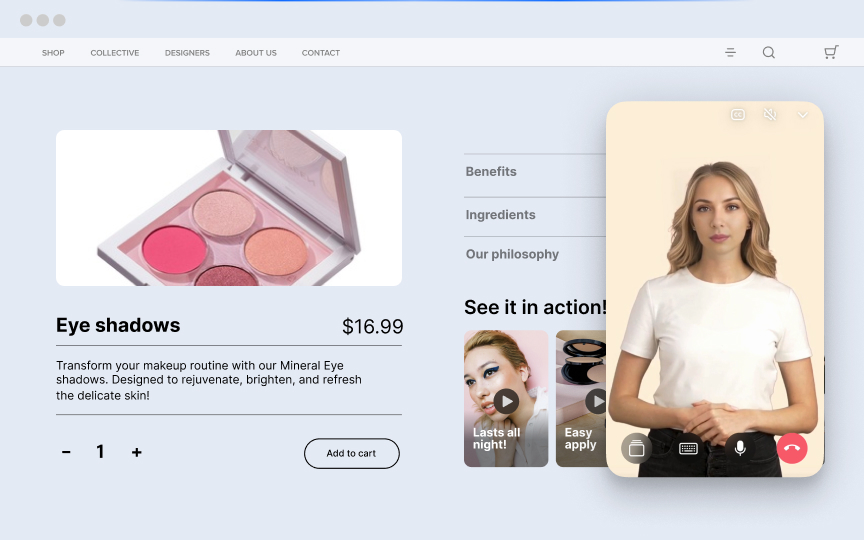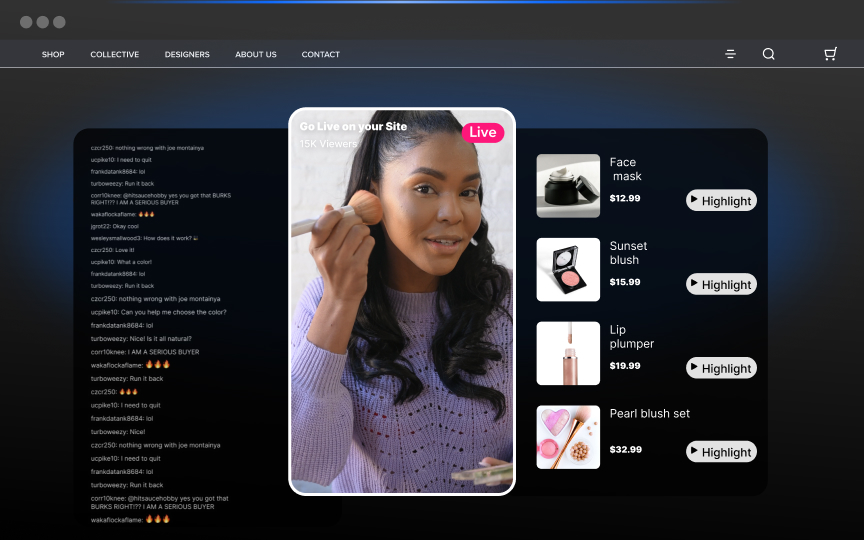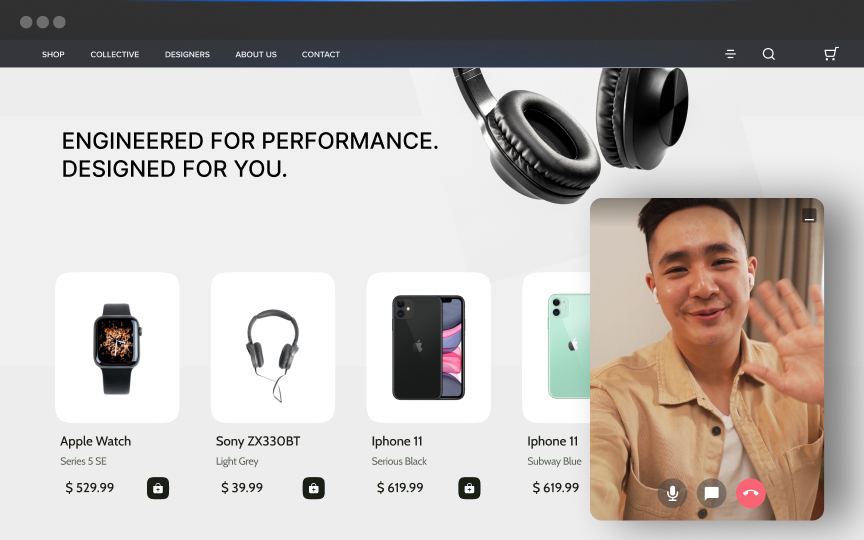Inform, Entertain, Convert: Your Video Content Strategy Should Do It All
The rise of video content marketing, especially since 2019, has been nothing short of staggering. According to an eMarketer study, American advertisers in 2019 shelled out $31.86 billion towards video content marketing strategy in their digital marketing budgets. That figure is expected to hit $78.45 billion before 2023 ends!
Brands are willing to pump dollars into their video content strategy because marketers have faith in what video marketing can achieve.
According to a 2023 Wyzowl survey, 96% of marketers continue to value video as an important part of their marketing strategy.
We know video marketing IS important, but why? And how can marketers build a video content strategy that does it all, i.e. inform, entertain, and convert?
Why video marketing is so very effective
In order to build an effective video content strategy, one must first understand why video marketing has brands and marketers cheering it on. There are 4 key reasons - some of them that go way beyond just simple video metrics - why video marketing is super-effective when it comes to online shopping:
1. Better engagement
Video content, as a format, is far more engaging than static marketing. Not only does it do a great job attracting and engaging an audience but the video content also excels at keeping them engaged for long periods of time.
2. Better recall
Consumers are far more likely to recall something they have seen via video content than something they have read, heard, or seen in an image. This is why brands are doubling down to post video content at a time when consumers are constantly in an “out-of-sight, out-of-mind” state.

3. Better conversion
Video content offers a more in-depth way for brands to showcase their products and services. The enhanced showcase goes a long way towards building credibility and trust with consumers. All of this adds up to make a more persuasive marketing campaign that makes customers more likely to make a purchase.
4. Better SEO
Search engines, especially Google, are already favoring sites and pages that feature high-quality video content. This is good news for brand discoverability! Essentially, this gives brands the opportunity to turn their video content strategy into a way for consumers to discover them outside the walled gardens of social media platforms.
The best video marketing strategy does all of the above successfully. How? By generating video content that can simultaneously inform and entertain its viewers.
Informative video content is always a hit
The average consumer is now targeted by, and exposed to, video content at every possible touchpoint. As a result, brands are investing increasingly more time, money, and effort into making their video content stand out; making the most of every piece of video content effectively becomes imperative.
1. Product Showcase
One way to do so is to use video content to help consumers better understand the brand's products and services. Ensuring customers have access to as much information as possible is one gap between the physical and online store experiences that brands are always looking to bridge. The right informative video content does exactly that!
Beyond Yoga leverages video content to not only show how their clothing fits on real people, but also allows customers to purchase the featured pieces from within the video player itself.

2. Guides & Tutorials
How-to guides and educational videos have really taken off, which isn't a surprise since they are super-engaging, especially for their target audience. Marketers have taken note of this and are incorporating such guides and tutorials into their video content strategies. This kind of informative video does a great job showcasing how a product is used and why it is so effective.
Almost every Olaplex product has a corresponding video on the Olaplex website that goes beyond just explaining what the product does – instead, their video strategy revolves around viewers being shown how the product should be used correctly for maximum results.

3. User-Generated Content
Speaking of informative video content, one thing users always seek out when conducting research on a product is reviews. Brands have been staying ahead of the curve by leveraging user-generated content (UGC) – consumers always pay close attention to what real-life users of the product have to say about it and how they use it.
Pet harness makers Joyride Harness have deployed video reviews from customers on their website. This gives potential customers researching the products some real-world information about how well they work.

Shoppertainment is What Gen Z Expects
Gen Z doesn't just want to shop; they want to be entertained while they're doing so. This is why shoppertainment, i.e. deploying interactive and engaging experiences to entertain customers while they shop, is high on the priority list for marketers looking to go after a younger target audience.
Remember: storytelling is a key part of any successful video marketing strategy.
Younger consumers are highly conscious of being subjected to the hard sell - a common feature of almost every modern video marketing campaign. As a result, brands ensure that their video content strategy revolves around tapping into the side of Gen Z that seeks authenticity
The ultimate goal of all video content is about creating a unique and engaging shopping experience for customers. Shoppertainment helps make it so by ensuring the experience is immersive and memorable.For example, The Fresh Market's video strategy is built on a video campaign that includes cooking livestreams featuring celebrity and influencer chefs while showcasing The Fresh Market's offerings.

If done correctly, a video content strategy that incorporates shoppertainment can not only increase engagement with a target audience that drives sales in the short-term but also builds brand recall and loyalty for the long-term.
The Wrap-Up
According to the same Wyzowl survey mentioned earlier, 91% of people say they want to see more online videos from brands in 2023. Clearly, the demand is there; now they must deliver video content that lives up to consumer expectations.
Developing a video content strategy that balances being informative with being entertaining is the key to making video content that converts. If a brand chooses to ignore either of the two, it can compromise even the most well put-together video marketing strategies.Firework not only provides brands with a platform to execute their video content strategies, but allows brands to do so on their own websites and other digital properties.[showfaqblog][request_your_custom_demo_cta]









